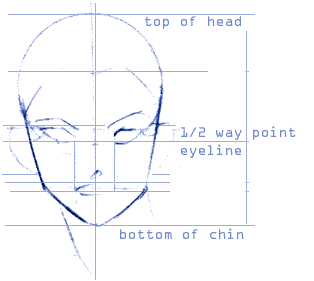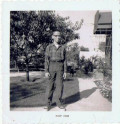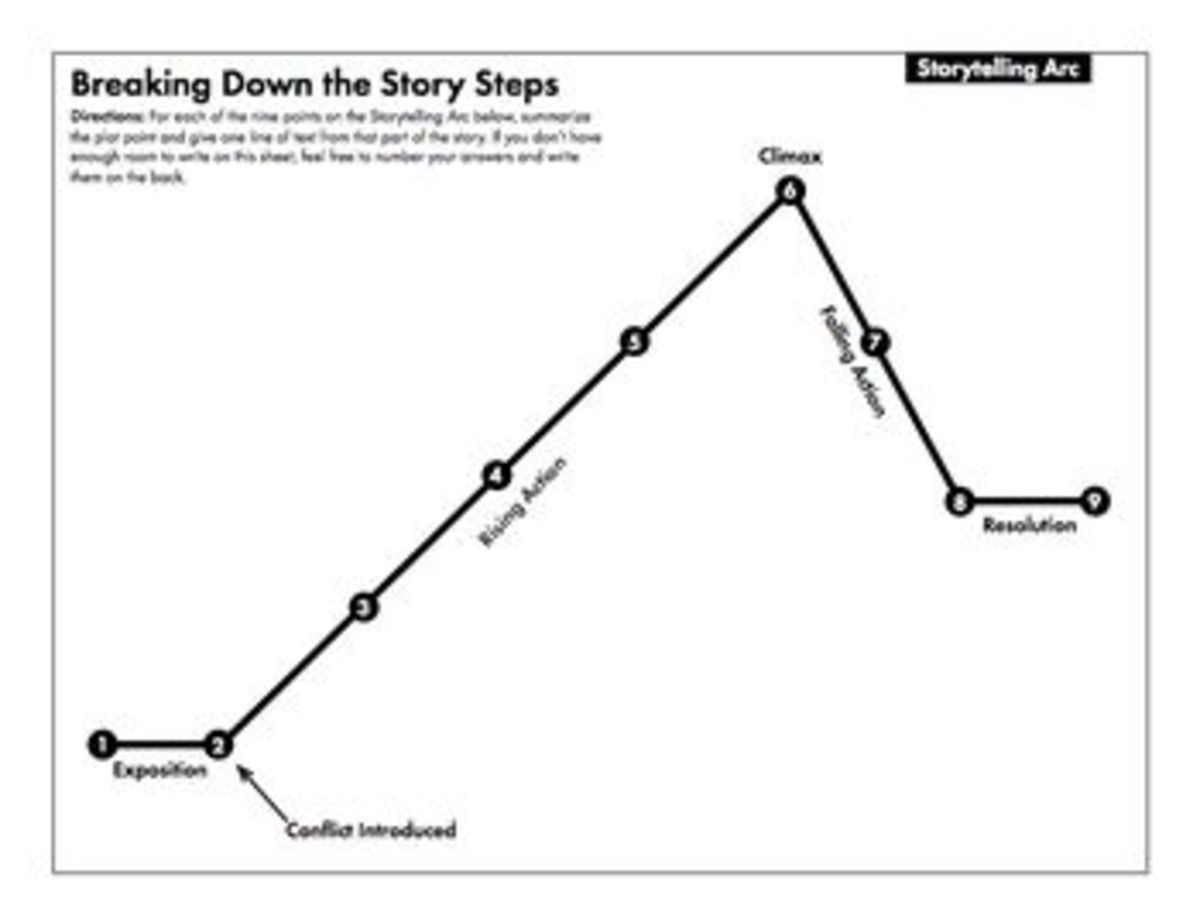How to create and design a character in a novel or book.

For starters:
When writing a book, one of the key elements of that process, is those who dwell within it: the characters, be them small and maybe only in one scene or be them the protagonist of the main plot. Whether you can hear their thoughts throughout the book or whether they pop up once and are never heard from again, a good, consistent personality is key to keeping a character alive and realistic.
Step 1: Names
I am quite traditional in that I like to start by finding a name for a character before thinking of anything more than "I want him to be the main character" or "hes the guy who dies in the first chapter". Some people will scoff and say that the name is not important and can be chosen later, but I disagree. I like to see a character that matches his name perfectly, the way to do this? Do not make the name match the personality, make the personality fit in with the name seamlessly so that a whisper of the name will bring to mind traits and mannerisms of that character and do so vividly. (HOWEVER, if you are not inclined to do it this way then skip strait to step 2 and come up with an appropriate name at your leisure.)
The best way to do so however is to have 1 tiny detail about where the character will appear in the plot. What I mean by this is, "at the start" or "Villain", just to know roughly where the character will drop into the story from and nothing more. Then go on the hunt using baby naming websites and other similar sources (there are thousands) looking at the meanings of names, the era they appear in and what language they stem from. I like to use names from that all stem from the same source so as to not end up with a stereotypical Greek name like "Heraclius" being brothers with a man called "Bob"
Once you have a name and know the meaning of the name, a personality should start to form around the character. Do not forget the meaning of a name, ever.
Another way of finding a name is to use (even if you change them ever-so-slightly) old words that no one says or has even heard of anymore (or just purely obscure). For example the word huderon was used to describe someone who was lazy. If your word processor doesn't pick it up as a word, then the average reader won't and you should be fine using it as a name.
Step 2: Base Personality
Once you have a name, you need a personality. If you followed step one then hopefully your character should have a basis for a personality at the very least. There are 3 ways to give a personality to a character in my opinion (though feel free to use another technique) 1: give them a background, 2: just make it up on the spot and 3: base the character on someone you know well in real life. A more in depth view:
1: My favorite way to create a personality is to create a background and let the personality stem from there. What I mean by this is for example (and this is how I do it) is to give the character 10 background traits that will have altered and shaped is personality somewhat. An example would be "mother died when young", "abused as a child" or "was bullied at school". These are all negative possibilities but they show how ones personality may shift as a result of certain situations. With 10 of these, your character should have enough to go on to stay consistent in their personality.
2: Making up an entire personality from nothing is hard, even if you do have a name to go by, but it's not impossible. There are not many tips I can give for this so maybe having a list of personality traits in front of you (Google it) and simply pick ones you think fit together or that might create an interesting story.
3: Basing your character on a close friend or family member is by far the easiest and probably most accurate way of doing this. When writing, most writers subconsciously base their characters on people to help them, without even realising it. Doing so consciously is just more reliable. As long as you know the person well, it can simplify things immensely.
Step 3: Character Development
Character development is of course going to be one of those things you have to bear in mind at all times. Your main protagonist and quite a few other characters will change over the course of the book as a result of the situations they find themselves in. This step is where you plan for that, you know how they are at the start of the book so plan now how they will act by the end. Just having this in mind will help keep them real and vivid in the mind of you and the reader.
Write down as many changes as you want for all of the recurring characters and make sure you stick to them.
Step 4: Mannerisms
Mannerisms are key to differentiating personalities and keeping your characters feeling authentic and real. There are thousands of things you can use be it physical or verbal: hair flicks, prolonging of words, winking..... Thousands upon thousands of little things that you can slip in almost unnoticed that keep up appearances and help you keep your character fresh.
I personally like to give each character 3 mannerisms to begin with and then sometimes, if two characters spend a lot of time together, transfer one or two across between characters. A list of mannerrisms is easily accesible via a Google search or similar.
Last but certainly not least: Peronality depth.
This is where I draw up (usually by hand on paper as I like to do things physically and not on a word document) a large list of scales. At opposite end of each scale will be opposite personality traits, such as:
Lazy--------------------------------------Active
Optimistic-------------------------------Pessimistic
Having around 20 of these (some more important than others) I can simply print one off per character and jot a line on the scale for where they fit. Alternatively you can put them all on the same scale and compare them much more easily.
Instead of scales a point system would work just as effectively.
This is incredibly useful as it allows you to refer and compare easily without hassle and lets you get on with writing instead of faffing around with whether a character is optimistic enough to even get out of bed.
Do not forget to check the comments section below, as I am sure there will be more suggestions for various features of character design down there. Thank you.
This guide should have helped you create plausible and vivid characters that have room to change and develop. If you have any suggestion or queries please comment below and I will address them swiftly. Thank You.
Take a look here for some other details by fellow hubbers.
Here are some of my other guides:
- How to write a book and become an author - How to start planning
A detailed guide on how to write a book or novel for a first time and new author. Step by step guide on how to become an author, how to plan a book and how to begin writing a book. - How to design a map for a fictional fantasy world - simple steps
An Innovative guide to creating a map for a fictional fantasy book. In 6 easy steps this will guide you through the process of map-making and help create a history for the country or continent your story takes place in.








